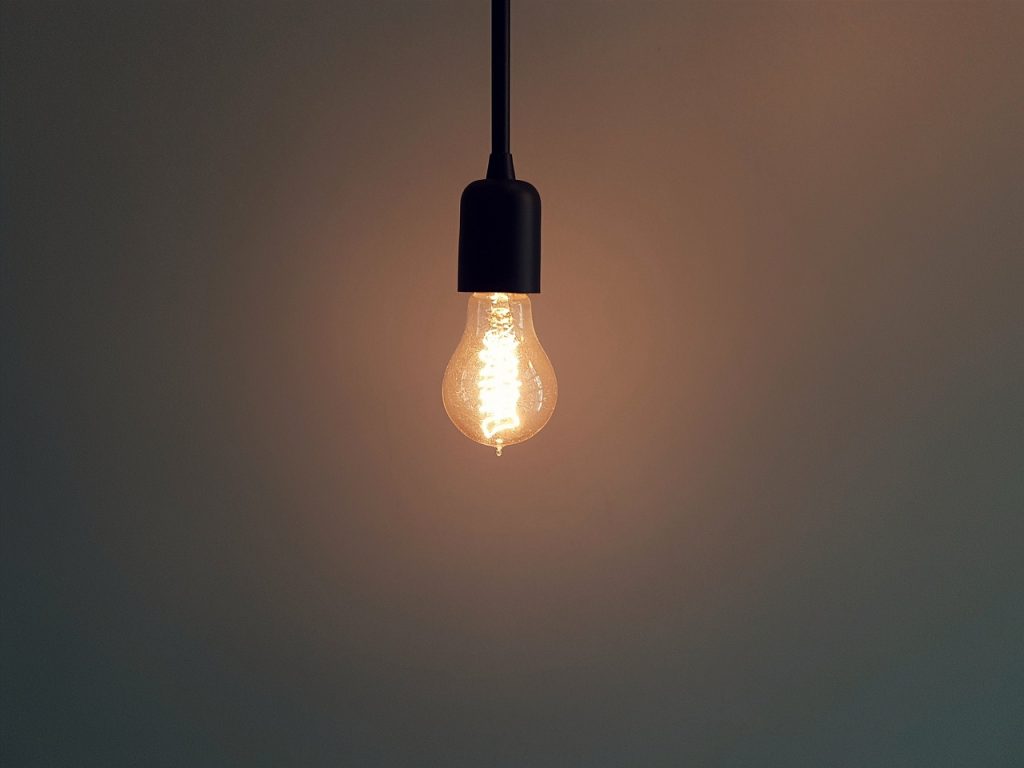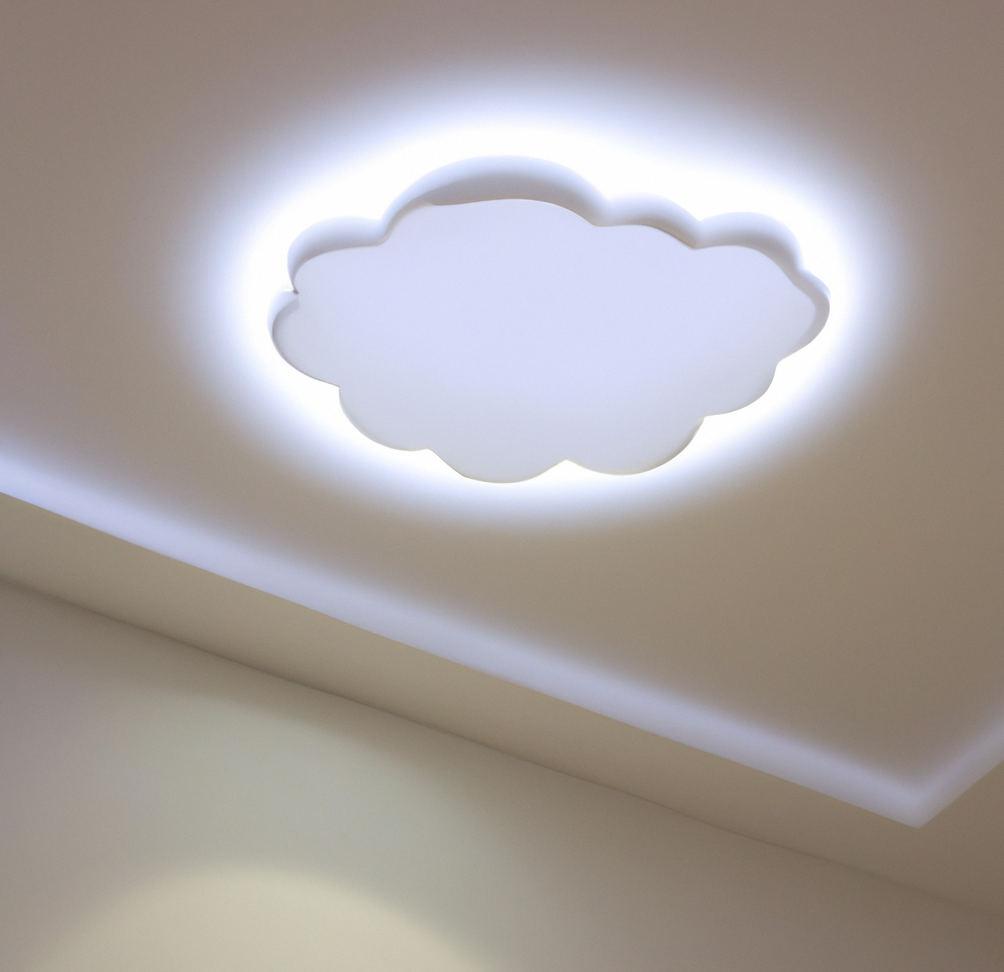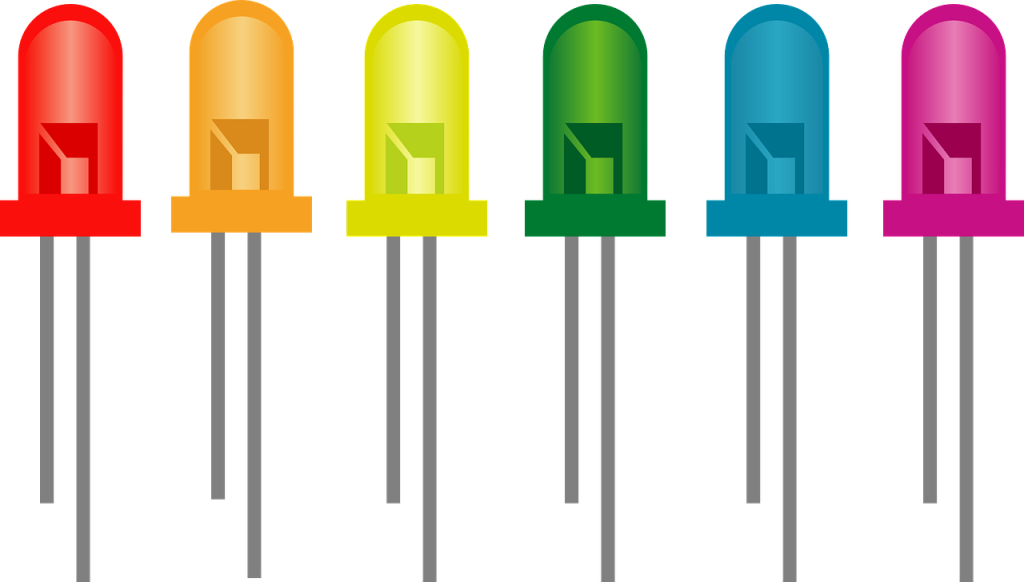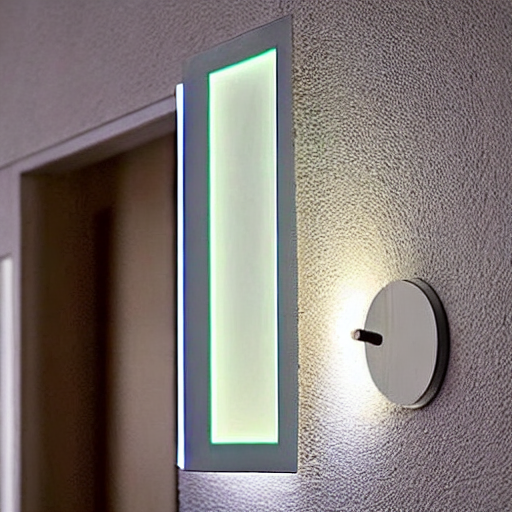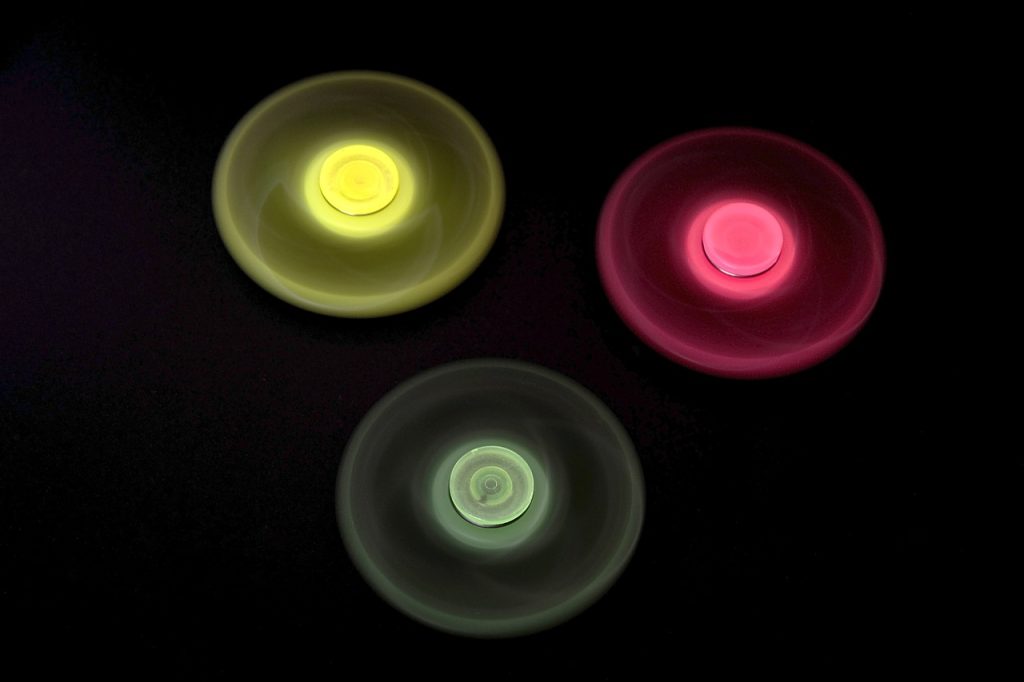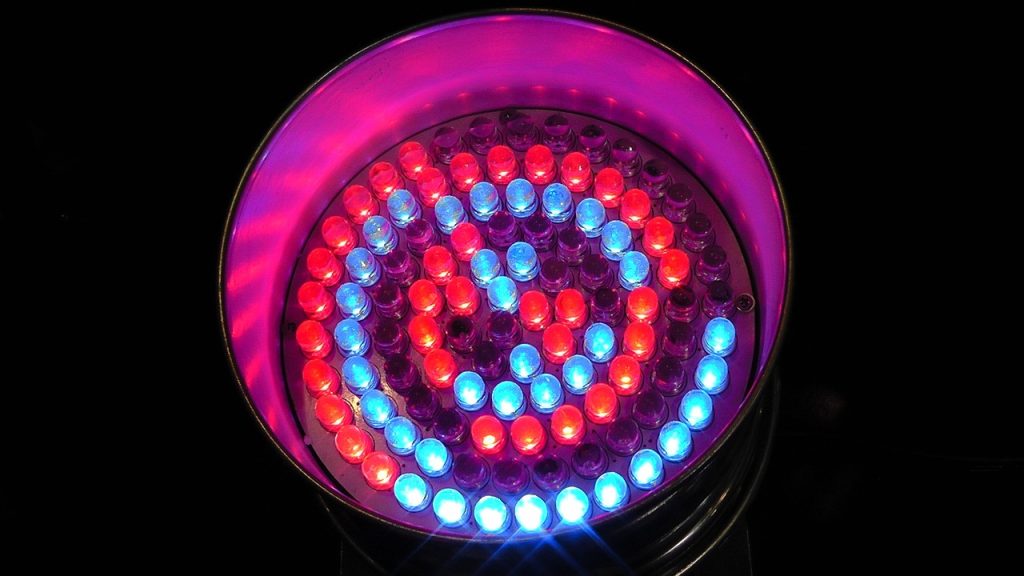- Introduction
- What are dimmable light bulbs?
- Benefits of dimmable lights
- Can you use dimmable light bulbs in regular lamps?
- Other aspects of dimmer switches to keep in mind
- Types of lamps and their compatibility with dimmable light bulbs
- Conclusion: The Benefits of Using Dimmable Light Bulbs in Regular Lamps
- Frequently Asked Questions
Introduction
Lighting is an important aspect of home decor and energy efficiency. It can set the mood of a room, highlight certain features, and even affect our productivity and sleep patterns. One way to control the lighting in your home is by using dimmable light bulbs.
But what are dimmable light bulbs? Simply put, they are light bulbs that can be adjusted to different brightness levels. This is achieved by using a dimmer switch, which allows the user to control the amount of electricity flowing to the bulb. Dimmable light bulbs come in various types, including incandescent, fluorescent, and LED.
While dimmable light bulbs offer many benefits, such as energy savings and the ability to customize the lighting to fit your needs, the question remains: can you use dimmable light bulbs in regular lamps? The answer is not always straightforward, as it depends on the type of lamp and the dimmable light bulb being used.
This comprehensive guide will delve into the topic of using dimmable light bulbs in regular lamps. We will define dimmable light bulbs, explain how they work, and discuss the benefits of using them. We will also address the compatibility of dimmable light bulbs with different types of lamps and provide tips for selecting and installing them in regular lamps. By the end of this guide, you should have a good understanding of whether or not you can use dimmable light bulbs in your regular lamps and, if so, how to do it.
What are dimmable light bulbs?
Dimmable light bulbs are a type of light bulb that can be adjusted to different levels of brightness. This is achieved through a dimmer switch, which allows the user to control the amount of electricity flowing to the bulb. When the dimmer switch is turned up, more electricity flows to the bulb, resulting in a brighter light. When the dimmer switch is turned down, less electricity flows to the bulb, resulting in dimmer light.
Dimmable light bulbs come in various types, including incandescent, fluorescent, and LED. Incandescent dimmable light bulbs are the most common type and work by using a filament that heats up and emits light when electricity flows through it. Fluorescent dimmable light bulbs use a gas mixture and a fluorescent coating to produce light and are generally more energy efficient than incandescent bulbs. LED dimmable light bulbs use a semiconductor to produce light and are the most energy-efficient and long-lasting of the three types.
Benefits of dimmable lights
There are several benefits to using dimmable light bulbs. One of the main benefits is energy savings. By adjusting the brightness of the light to fit your needs, you can use less electricity and save on your energy bills. Dimmable light bulbs also offer greater control over the lighting in your home, allowing you to create the perfect ambiance for any occasion. They can be especially useful in areas where the lighting needs to change frequently, such as in a living room where you may want a brighter light for reading but a softer, dimmer light for relaxing.
In addition to these benefits, dimmable light bulbs can also improve the overall efficiency of your lighting system. By using a dimmer switch, you can fine-tune the lighting in your home to better match your needs rather than relying on a single brightness setting. This can result in more efficient use of energy and a more comfortable living environment.
Can you use dimmable light bulbs in regular lamps?
The compatibility of dimmable light bulbs with regular lamps depends on the type of lamp and the dimmable light bulb being used. In general, incandescent and fluorescent dimmable light bulbs can be used in most lamps, while LED dimmable light bulbs may require a special dimmer switch.

When selecting a dimmable light bulb for a regular lamp, there are a few factors to consider. One of the most important factors is the type of lamp and its compatibility with dimmable light bulbs. Incandescent lamps are generally the most compatible with dimmable light bulbs, while fluorescent lamps may require a special dimmer switch. LED lamps may also require a special dimmer switch, as traditional dimmer switches may not work with their low wattage and high frequency.
Other aspects of dimmer switches to keep in mind
Another factor to consider is the dimmer switch itself. Some dimmer switches are only compatible with certain types of light bulbs, so it’s important to check the manufacturer’s recommendations. It’s also a good idea to make sure the dimmer switch is rated for the wattage of the light bulb you are using. If the wattage is too high or too low, the dimmer switch may not work properly.
Once you have determined that your lamp and dimmer switch are compatible with dimmable light bulbs, the installation process is generally the same as installing a regular light bulb. Simply screw the dimmable light bulb into the lamp and turn it on using the dimmer switch. It’s a good idea to start with the dimmer switch in the fully on position and gradually lower the brightness to avoid any issues with the bulb flickering or not turning on.
In conclusion, dimmable light bulbs can generally be used in regular lamps, but it’s important to consider the compatibility of the lamp and dimmer switch with the dimmable light bulb. Following the manufacturer’s recommendations and taking the necessary precautions, you can successfully install and use dimmable light bulbs in your regular lamps.
Types of lamps and their compatibility with dimmable light bulbs
Several types of lamps can be used in a home, each with its compatibility with dimmable light bulbs. Here is a breakdown of the three main types of lamps and their compatibility with dimmable light bulbs:
- Incandescent lamps: Incandescent lamps are the most common type of lamp and are generally the most compatible with dimmable light bulbs. These lamps work by using a filament that heats up and emits light when electricity flows through it. Incandescent dimmable light bulbs can be used in most types of incandescent lamps as long as the wattage of the bulb is within the range recommended by the manufacturer and the dimmer switch is compatible.
- Fluorescent lamps: Fluorescent lamps use a gas mixture and a fluorescent coating to produce light and are generally more energy efficient than incandescent lamps. Fluorescent dimmable light bulbs can also be used in most fluorescent lamps, but they may require a special dimmer switch. It’s important to check the manufacturer’s recommendations to ensure compatibility.
- LED lamps: LED lamps use a semiconductor to produce light and are the most energy-efficient and long-lasting of the three types. LED dimmable light bulbs may be used in regular lamps, but they may require a special dimmer switch due to their low wattage and high frequency. It’s important to check the manufacturer’s recommendations to ensure compatibility.
Generally speaking, it’s a good idea to check the manufacturer’s recommendations for the compatibility of dimmable light bulbs with different types of lamps. This will ensure that you are using the correct light bulb and dimmer switch for your lamp and will help prevent any issues with flickering or failure to turn on. By following these recommendations, you can successfully use dimmable light bulbs in your regular lamps.
Conclusion: The Benefits of Using Dimmable Light Bulbs in Regular Lamps
In conclusion, dimmable light bulbs can be a useful tool for controlling the lighting in your home and saving energy. They offer greater flexibility and customization, allowing you to create the perfect ambiance for any occasion. While dimmable light bulbs can be used in most types of regular lamps, it’s important to consider the compatibility of the lamp and dimmer switch with the dimmable light bulb.
When selecting a dimmable light bulb for a regular lamp, check the manufacturer’s recommendations for compatibility. Incandescent and fluorescent dimmable light bulbs can generally be used in most lamps, while LED dimmable light bulbs may require a special dimmer switch. It’s also important to ensure that the wattage of the light bulb is within the range recommended by the manufacturer and that the dimmer switch is compatible.
Once you have determined that your lamp and dimmer switch are compatible with dimmable light bulbs, the installation process is generally the same as installing a regular light bulb. Simply screw the dimmable light bulb into the lamp and turn it on using the dimmer switch. It’s a good idea to start with the dimmer switch in the fully on position and gradually lower the brightness to avoid issues with the bulb flickering or not turning on.
By following these tips and using dimmable light bulbs in your regular lamps, you can enjoy the benefits of customizable lighting and energy savings.
Frequently Asked Questions
Dimmable light bulbs are light bulbs that can be adjusted to different levels of brightness. This is achieved through a dimmer switch, which allows the user to control the amount of electricity flowing to the bulb.
Dimmable light bulbs come in various types, including incandescent, fluorescent, and LED. Incandescent dimmable light bulbs are the most common type and work by using a filament that heats up and emits light when electricity flows through it.
Fluorescent dimmable light bulbs use a gas mixture and a fluorescent coating to produce light and are generally more energy efficient than incandescent bulbs. LED dimmable light bulbs use a semiconductor to produce light and are the most energy-efficient and long-lasting of the three types.
The compatibility of dimmable light bulbs with regular lamps depends on the type of lamp and the dimmable light bulb being used. In general, incandescent and fluorescent dimmable light bulbs can be used in most lamps, while LED dimmable light bulbs may require a special dimmer switch. It’s important to check the manufacturer’s recommendations to ensure compatibility.
The installation process for dimmable light bulbs in regular lamps is generally the same as installing a regular light bulb. Simply screw the dimmable light bulb into the lamp and turn it on using the dimmer switch.
It’s a good idea to start with the dimmer switch in the fully on position and gradually lower the brightness to avoid issues with the bulb flickering or not turning on.
There are several benefits to using dimmable light bulbs in regular lamps, including energy savings, greater control over the lighting in your home, and the ability to create the perfect ambiance for any occasion.
Dimmable light bulbs can also improve the overall efficiency of your lighting system by allowing you to fine-tune the lighting to better match your needs.
